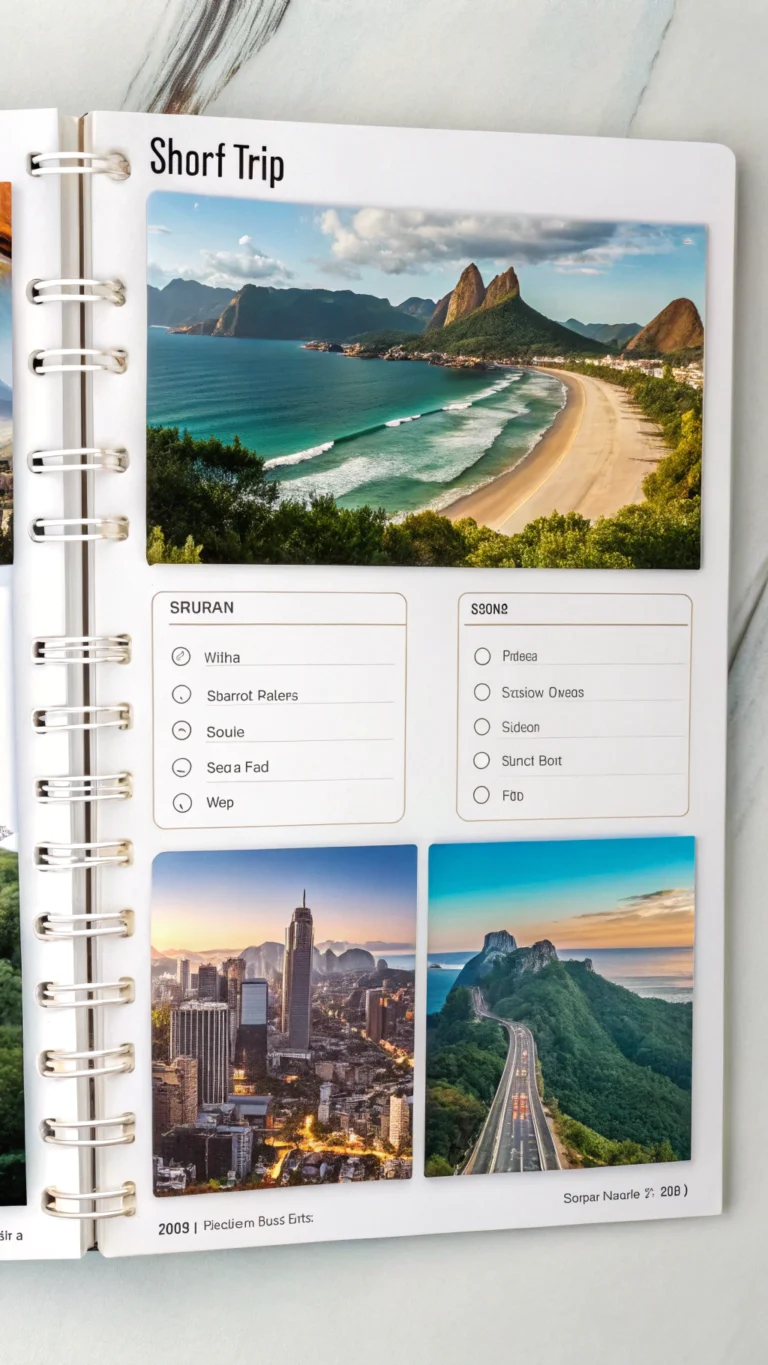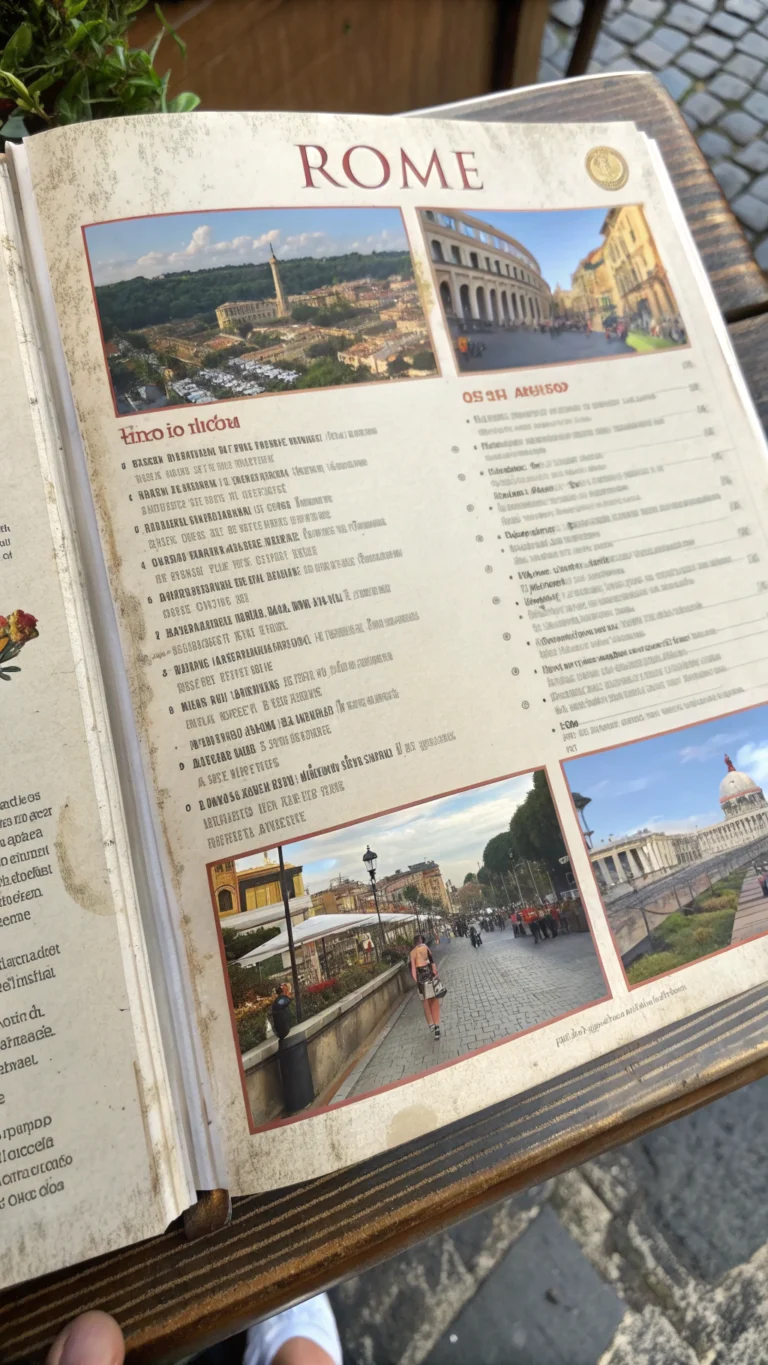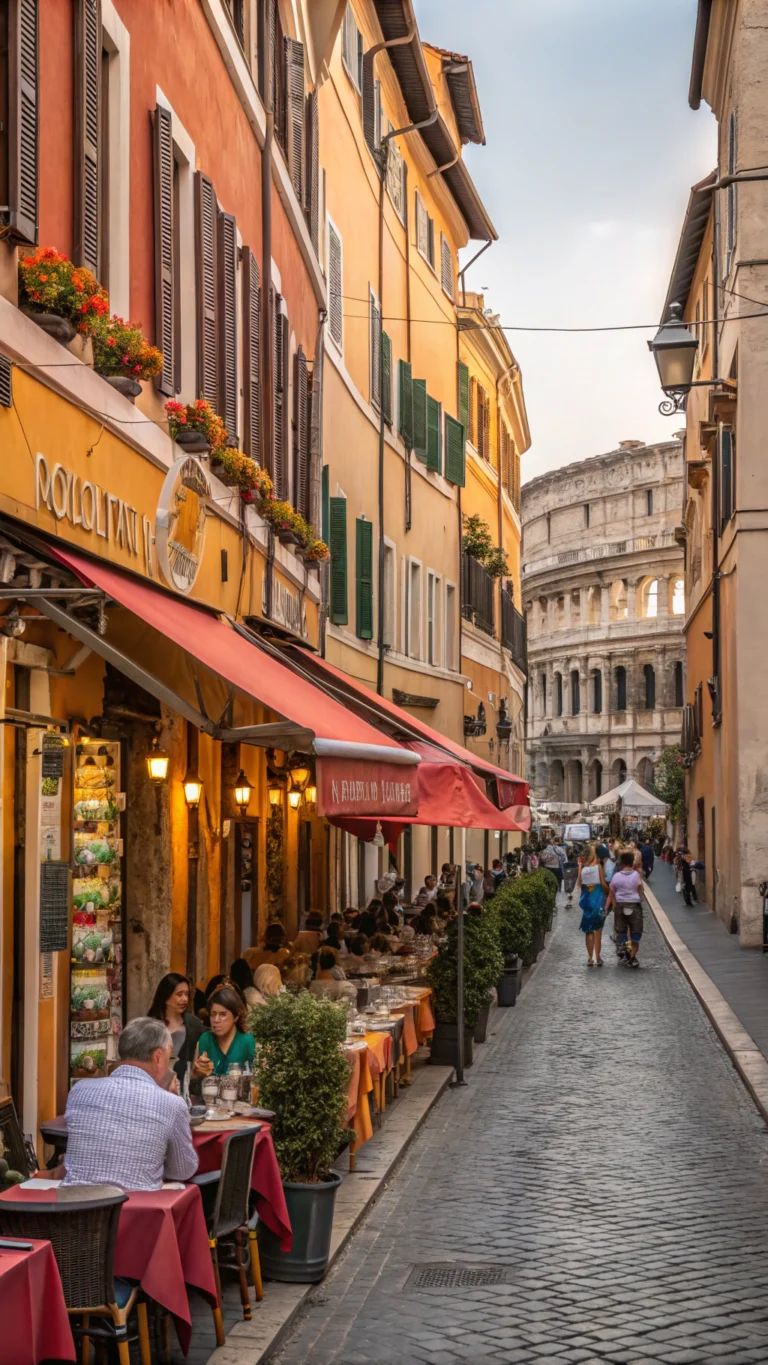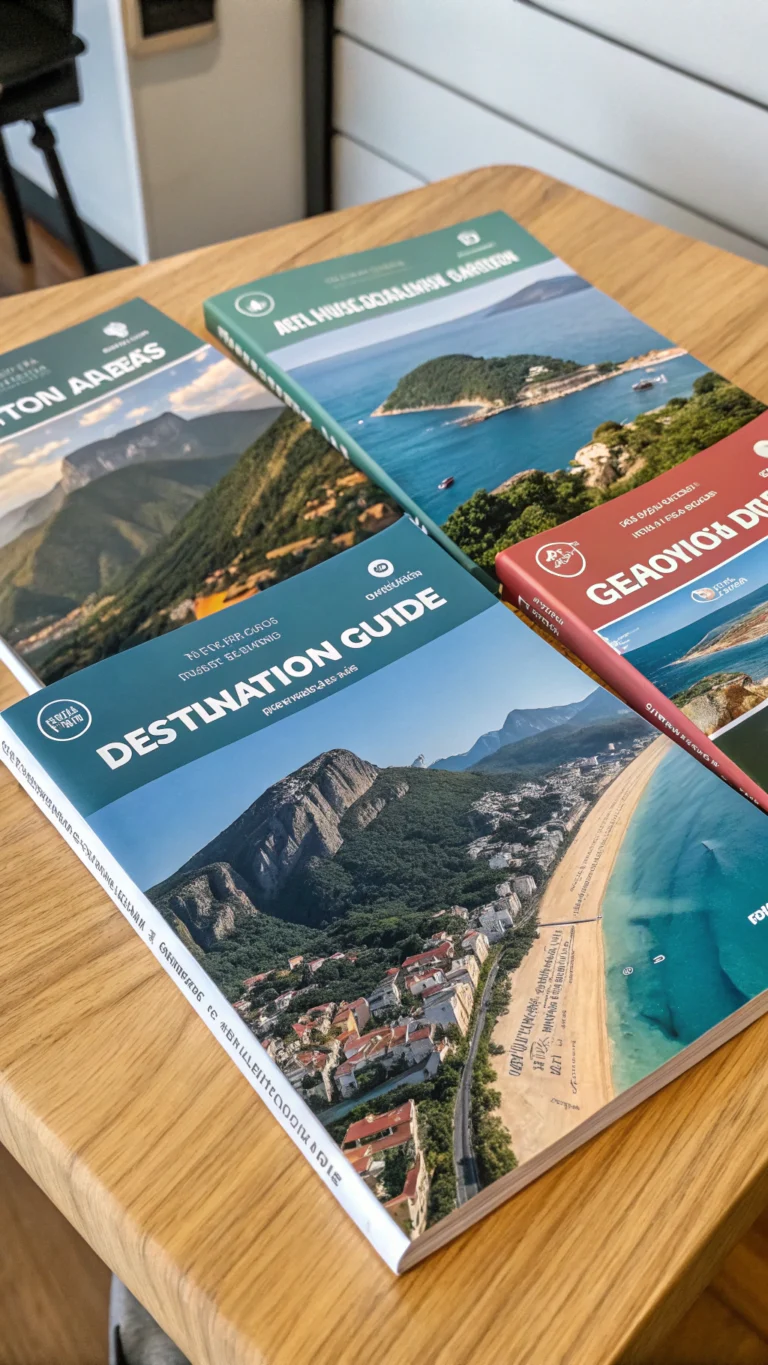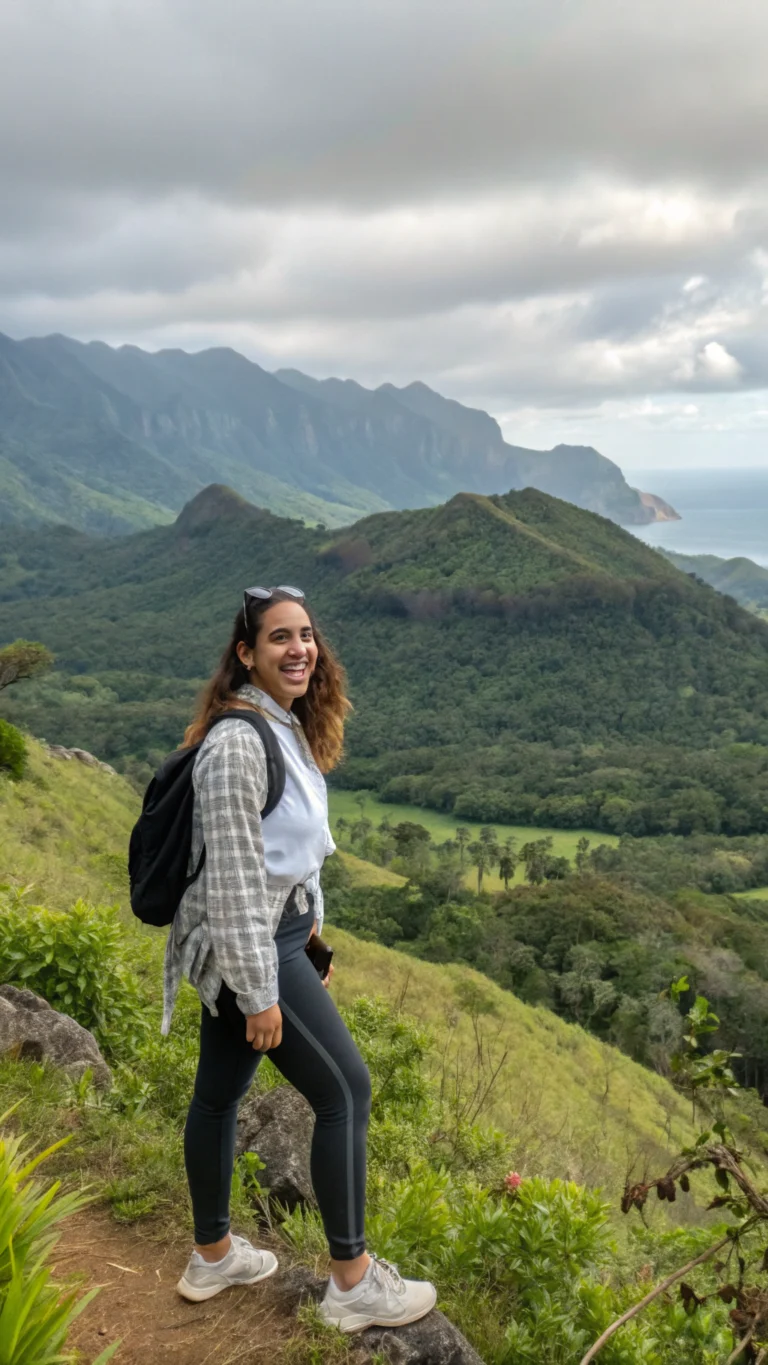Things to Do in Rome: 10 Unforgettable Experiences
Table of Contents
Introduction
What if I told you that the typical tourist only visits 30% of Rome’s UNESCO World Heritage sites, leaving them out of some of the most amazing sights the Eternal City has to offer? I’m here to make sure you don’t fall into that statistical trap because I’ve been through Rome’s cobblestone streets countless times. Rome’s attractions extend well beyond the well-known sites; they include rich cultural encounters, undiscovered gastronomic treasures, and experiences that will alter your perspective of this historic city forever.
Destination Overview
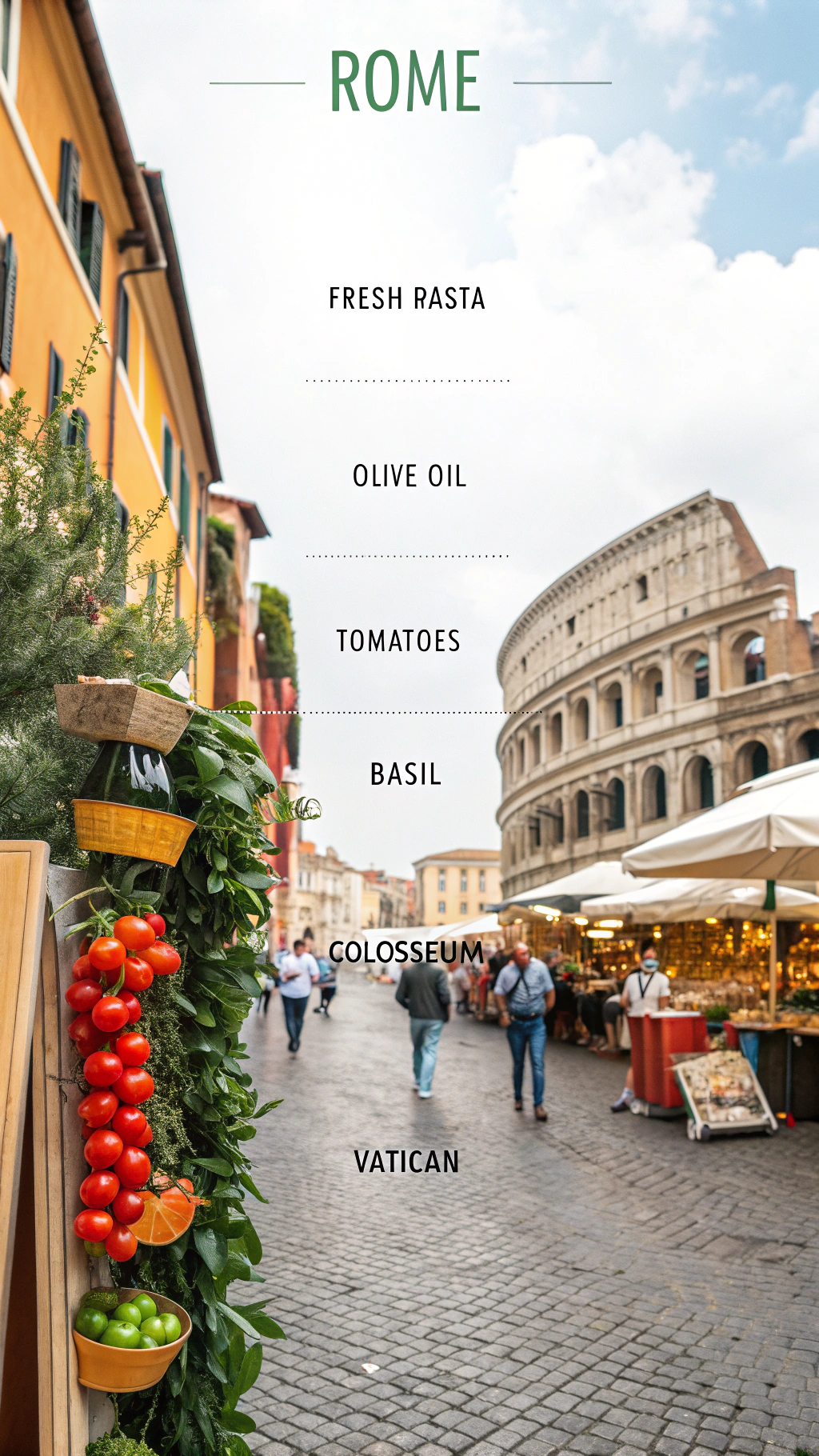
Rome wasn’t created overnight, and you can’t expect to see it in a day either. Renaissance masterpieces, contemporary Italian flare, and ancient ruins are all skillfully blended in the Italian city. With more than 3,000 years of outstanding art, architecture, and culture, Rome is among the most historically significant cities in the world.
Rome is most enjoyable in the shoulder seasons (April–May or September–October), when temperatures often hover around a comfortable 70°F (21°C). In addition to avoiding the intense summer heat (temperatures frequently surpass 90°F/32°C), you will also avoid the busiest travel times, when over 10 million tourists visit each year between June and August.
Travel Itinerary
1-Day Express Tour
- Morning: Begin at the Colosseum and Roman Forum (arrive by 8:30 AM to beat 70% of the crowds)
- Afternoon: Visit the Vatican Museums and St. Peter’s Basilica (pre-book skip-the-line tickets to save 2+ hours)
- Evening: Stroll through Trastevere for authentic dinner and ambiance
3-Day Immersion
Day 1: Ancient Rome
- Morning: Colosseum, Roman Forum, Palatine Hill
- Afternoon: Capitoline Museums
- Evening: Sunset at Orange Garden on Aventine Hill
Day 2: Vatican & Art
- Morning: Vatican Museums, Sistine Chapel
- Afternoon: St. Peter’s Basilica, Castle Sant’Angelo
- Evening: Dinner in Prati district
Day 3: Authentic Rome
- Morning: Campo de’ Fiori Market
- Afternoon: Trastevere and Jewish Ghetto
- Evening: Aperitivo in Monti neighborhood
Must-See Attractions
When planning Things to do in Rome, these experiences should top your list:
The Colosseum & Roman Forum – Arrive early (8:00 AM) to avoid the 25,000 daily visitors. The combined ticket costs €16 and remains valid for 24 hours.
Vatican Museums & Sistine Chapel – Tuesday and Thursday afternoons typically see 30% fewer crowds. Pre-book tickets online to save significant waiting time.
Trevi Fountain – Visit before 7:00 AM or after 11:00 PM to enjoy this baroque masterpiece without the typical crowd of 1,200+ people.
Pantheon – This architectural marvel has the world’s largest unreinforced concrete dome and offers free entry.
Galleria Borghese – Limited to 360 visitors every two hours, making advance reservations essential but rewarding you with an intimate art experience.
Appian Way – Escape the city center crowds with a walk along this ancient Roman road, where you’ll encounter only about 5% of Rome’s tourist numbers.
Aventine Keyhole – Peek through this famous keyhole for a perfectly framed view of St. Peter’s Dome.
Where to Stay
Trastevere – Ideal for: Young travelers, foodies, nightlife enthusiasts
- Pros: Authentic atmosphere, excellent dining, vibrant evenings
- Cons: Can be noisy, 20-minute walk to major attractions
Monti – Ideal for: Couples, boutique hotel lovers
- Pros: Central location, charming streets, great aperitivo spots
- Cons: Higher prices (average €150/night for decent accommodations)
Testaccio – Ideal for: Culinary travelers, budget-conscious visitors
- Pros: Authentic Roman cuisine, local vibe, 25% lower accommodation costs
- Cons: Requires public transportation to main sights
Food & Local Cuisine
Roman cuisine centers around four iconic pasta dishes: Carbonara, Cacio e Pepe, Amatriciana, and Gricia. For authentic experiences, try:
- Roscioli – Their carbonara has been rated among Rome’s top three for seven consecutive years
- Da Enzo – Arrive 30 minutes before opening or face a typical 45-minute wait
- Mercato Testaccio – Sample from 100+ food vendors in this local market
Dietary Restrictions:
- Vegetarian/Vegan: Trapizzino offers excellent plant-based options
- Gluten-Free: Mama Eat provides certified gluten-free Roman classics
Travel Tips & Essentials
- Transportation: Purchase a 72-hour Roma Pass (€52) for unlimited public transit and free entry to two museums
- Water: Refill bottles at the 2,500+ public fountains (nasoni) throughout the city
- Dress Code: Vatican and many churches require covered shoulders and knees
- Timing: Many attractions close on Mondays; plan accordingly
- Tipping: Not expected, but rounding up the bill is appreciated
Common Mistakes to Avoid
- Dining in tourist traps – Restaurants with picture menus or “tourist menus” typically charge 40% more for lower quality
- Missing reservation opportunities – Failing to book major attractions in advance can waste 3+ hours in lines
- Overlooking free experiences – Churches contain approximately 70% of Rome’s artistic masterpieces and are typically free
- Trying to see everything – Focus on quality experiences rather than quantity
Budget Breakdown
- Budget traveler: €70-100/day
- Mid-range: €150-200/day
- Luxury: €300+/day
Average costs:
- Accommodation: €80-200/night
- Meals: €15-30 per person per meal
- Transport: €1.50 per single ticket, €7 daily pass
- Major attractions: €10-25 per entry
Final Thoughts
Those who see past the obvious are rewarded in Rome. The real charm of things to do in Rome is to embrace the city’s rhythm, whether that means spending time in a neighborhood café sipping espresso, taking a passeggiata (evening stroll) with locals, or finding a secret piazza away from the crowds. The ancient ruins and Renaissance masterpieces are certainly worth seeing. Have you had a local’s perspective of Rome? Post your best-kept secrets in the comments section below!
FAQs
How many days must I spend in Rome?
It is advised to allow at least three days to fully enjoy the main sites without feeling hurried. Five to seven days should ideally allow for both day trips and more in-depth exploration.
Is it safe to travel alone in Rome?
Rome has violent crime statistics that are 35% lower than those of many European capitals, making it a relatively safe place for lone visitors. Take the usual safety precautions against pickpocketing, especially in the vicinity of popular tourist destinations.
How can one navigate Rome most effectively?
With the majority of Rome’s main sites within a half-hour walk of one another, the city’s small historic core is best visited on foot. The bus system and subway (3 lines) are economical and effective for longer trips.
Does visiting Rome require me to speak Italian?
Even though over 73% of Romans working in the tourism sector understand English, knowing a few simple Italian words is valued and can improve your trip, particularly in less visited areas.
What do most tourists overlook when they are in Rome?
With much less crowds than government museums, Palazzo Doria Pamphilj, home to one of Italy’s most spectacular private art collections, including pieces by Caravaggio, Raphael, and Velázquez, is overlooked by over 80% of tourists.



